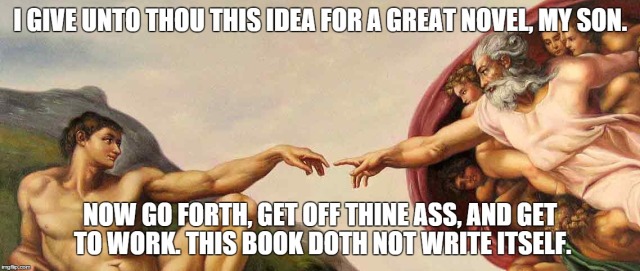Lately, I’ve been running into authors who don’t know about this book, much less its ‘sequels,’ and it’s more than worth doing a quick post on the topic. I can state without any reservation that if you do not have a copy of The Emotional Thesaurus, you are cheating yourself. There is no other single book that you can buy that will help your writing more; and yes, that includes that other book you were just thinking of, whatever it was.
The Emotional Thesaurus is a book that does exactly what it sounds like, only more so. It gives you synonyms for different emotional states, which by itself is extraordinarily useful. How many times have you had to stop to figure out how to describe what a character was feeling? But it goes far, far deeper, giving you body language, internal effects, and behavior associated with each emotion.
Continue reading


You must be logged in to post a comment.